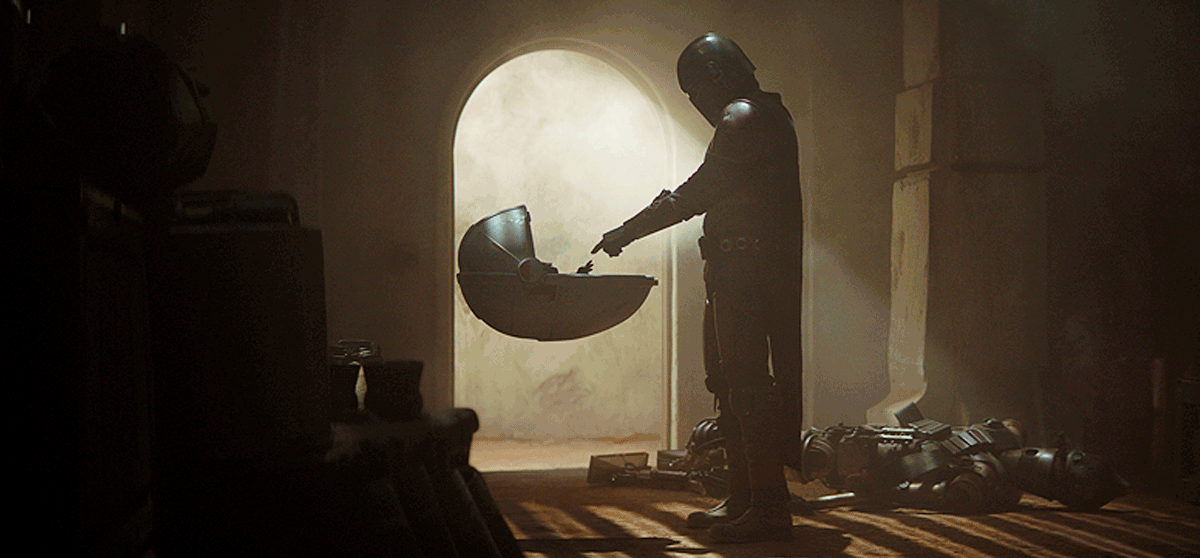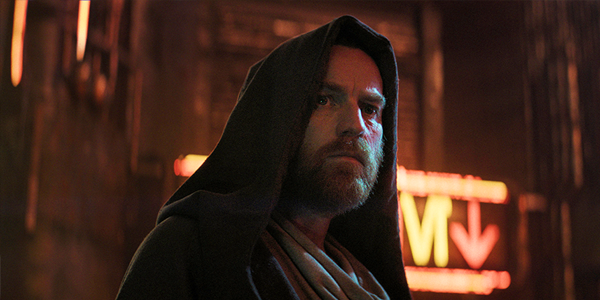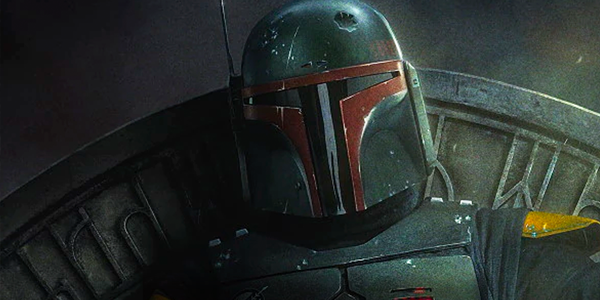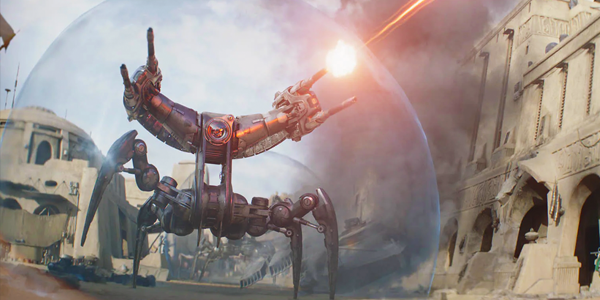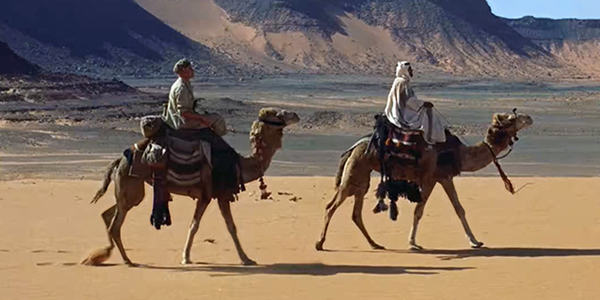related articles
Sign up for our monthly newsletter to stay up to date on Cineluxe
The first season of The Mandalorian is satisfying from start to finish, taking the franchise into intriguing new territory
by Dennis Burger
January 2, 2020
If you haven’t already seen Season One of The Mandalorian on Disney+, it stands to reason that you’re simply not interested. You may even be sick of hearing about it altogether, given that it’s the only thing in 2019 that managed to out-meme that crazy woman from Real Housewives yelling at a cat eating salad.
Here’s the thing, though: While much of the discussion about The Mandalorian has centered on its adorable baby-alien McGuffin or its ties to the larger Star Wars universe, or even on its everything-old-is-new-again weekly release schedule, there hasn’t been an awful lot of talk about whether the series is actually good. Not as a Star Wars TV series. Not as a lore drop about one of the franchise’s most beloved and mysterious factions. Not even as a small plank in the bridge between Return of the Jedi and The Force Awakens, chronologically speaking. But as, you know, just a TV show, a thing that exists in and of itself, independent of the fanatical fanbase or larger mythology.
The last time I wrote about the series, five episodes into its eight-episode run, I withheld judgment on that matter. Now that we’re a few days past the first-season finale and I’ve had a chance to watch the season again from front to back, I wanted to step back and take off my Star Wars scholar hat and discuss the show on its own terms (not an easy task, since I once defeated the president of the Star Wars Fan Club in a trivia contest and still have the prize to prove it).
The Mandalorian is the love child of Jon Favreau, a name you definitely know, and Dave Filoni, who may be unfamiliar if you’re not a big Star Wars fan. In short, Filoni was half of the creative driving force behind The Clone Wars, one of the best TV series of the past 20 years, but also one of the most criminally underrated, likely due to the fact that it was animated.
That aside, though, there’s one massive difference between The Clone Wars and The Mandalorian: The former assumed you were deeply invested in Star Wars lore and wanted to know more; the latter seems more interested in disassembling the elements that made the original Star Wars trilogy such a cultural phenomenon and reassembling them into something new—something that both pays homage and reinvents.
You don’t have to know much about George Lucas’s space opera/fantasy to know that this means going back to the wells of both Akira Kurosawa and Sergio Leone, the former of which influenced the latter and both of which inspired Star Wars in very different ways. Since The Mandalorian isn’t about a larger civilization-spanning conflict, Favreau and Filoni leave other influences—like The Dam Busters and Tora! Tora! Tora!—on the table and bring in some new inspiration, namely Kazuo Koike and Goseki Kojima’s epic Japanese comic-book serial Lone Wolf and Cub and the film adaptations it spawned.
The beauty of Favreau and Filoni’s new pastiche is that you really don’t need to know any of that to enjoy it. Nor do you have to know that the show’s producers have eschewed CGI as much as possible by going back and developing new techniques for photographing and compositing spacecraft models that are very much inspired by the techniques of ILM circa 1976 to 1983. Without knowing any of that, you can just feel it. There’s this wonderful mix of the familiar and the foreign that drives this series.
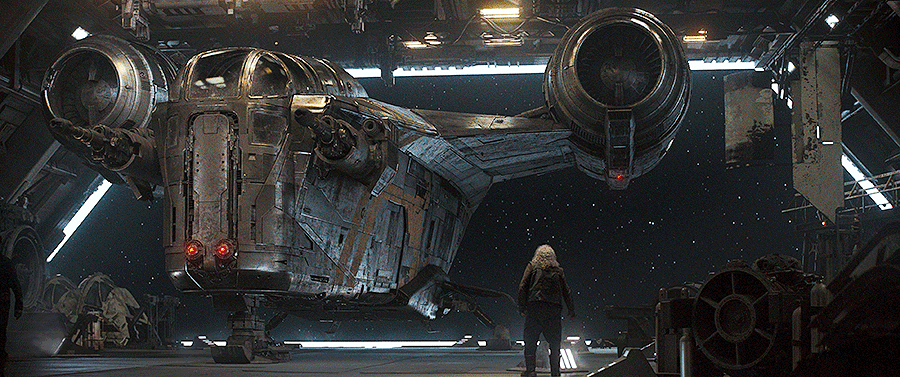
And that’s true of everything, down to Ludwig Göransson’s incredible score, which may be my favorite thing about The Mandalorian. Instead of aping John Williams’ iconic themes, as so many other composers have done when playing around in ancillary Star Wars projects, Göransson gives us something new that isn’t really new at all. Squint at it from one direction and there’s an undeniable Eastern influence to the tones, textures, and overall structure of the music. Step back and look at it from another angle and it could just as easily have accompanied any of the misadventures of the Man with No Name.
As with Williams, Göransson also sprinkles in the flavor of Holst and the spice of Stravinsky from time to time, but—at the risk of sounding repetitive—it’s the way he combines these influences, along with his own unique aesthetic, that results in something new and compelling that still feels familiar, even if you can’t quite put your finger on exactly why.
I hinted above that The Mandalorian doesn’t attempt to bite off more than it can chew, namely in the way that it doesn’t attempt to mash up every classic work of cinema or serial that inspired the original Star Wars, and that’s as true thematically as it is narratively and stylistically. There really isn’t much here by way of spiritual rumination. The mystical is treated as a mystery and doesn’t play heavily into the meaning of the series.
Then again, it can take a while to really figure out what fundamental ideas the show is attempting to play around with, in large part due to its very episodic structure. In crafting this season, Favreau and Filoni seem intent upon letting the writers and directors of each 33- to 49-minute episode create their own little narratives, reminiscent in ways of David Carradine’s Kung Fu from the mid-1970s, and it isn’t until the very end that one episode really connects to the next and a larger story arc begins to congeal.
Taken as a whole, it’s not difficult to see a very simple thematic through-line woven into this collection of eight largely disconnected episodes: A tale of principles, honor, cultural (or familial) baggage, and redemption—all themes that resonate within the larger Star Wars mythology but that work just fine on their own.
Technically speaking, The Mandalorian is beautifully shot, and honestly looks even more cinematic than its $15-million-per-episode budget would lead you to suspect. There has been some controversy over the fact that the show doesn’t make use of the expanded dynamic range or larger color gamut afforded by its Dolby Vision (or HDR10, depending on your device) presentation. Gleaming specular highlights are nowhere to be found, and the lower end of the value scale can be a bit flat. I’m guessing this was largely an aesthetic choice, as it does give the show a somewhat “classic” look, especially in comparison to other contemporary series that do make more obvious use of HDR.
I hesitate to accuse Disney+ of being dishonest in presenting The Mandalorian’s non-HDR cinematography in an HDR container, though, and that mostly boils down to a little-discussed advantage of our new home video standards in the era of higher-efficiency, lower-bitrate streaming: The minimization of video artifacts.
On a lark, I disabled the HDR capabilities of my Roku Ultra and spot-checked an early episode, just to see what differences might pop up. In terms of color purity, shadow detail, overall brightness, and so forth, any differences were hard to spot. But without the benefit of 10- (or 12-) bit color, large expanses of clear, pale sky were occasionally rendered like sun-bleached sticks of Fruit Stripe gum, with blatant banding stretching from one side of the screen to the other. Say what you
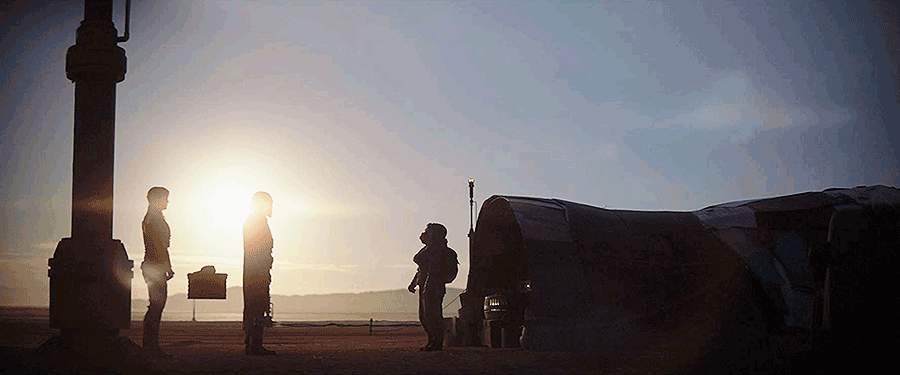
will about the series’ overall flatcolor palette and lack of value extremes, but simply packing it in a Dolby Vision box does keep visual distractions of that sort to a bare minimum.
As for the audio, you’ll definitely want to enjoy The Mandalorian on the best sound system you have access to. One evening, whilst hanging out at a friend’s house, someone floated the idea of watching the most recent episode, which I agreed to despite having just watched it the evening prior. I found it a lackluster experience mostly due to my buddy’s inexpensive soundbar. And it wasn’t really the explosions or gunfire that left me wanting more (although the sound mix does them justice), it was the presentation of Göransson’s aforementioned score. There’s a dynamic drive to his musical accompaniment, as well as a rich blend of timbres and textures, that simply demands to be heard by way of a well-calibrated, well-installed, full-range surround sound system.
But should you give it a chance to shine in your home theater or media room even if you care little for George Lucas’s galaxy far, far away? I daresay yes. At its heart, The Mandalorian is a delightful bushidō/gunslinger mashup that nods at fans quite frequently, but also quite slyly, such that you’re likely to be completely unaware of any allusions or references you’ll almost certainly miss if you’re not a franchise devotee, at least once you get past the first ten minutes of the first episode (the only place where blatant fan service really rears its ugly head).
Taken as a whole, it definitely does stand on its own, despite its tenuous connections to the larger mythology, despite its heavy nods to works of classic cinema and television, and (perhaps most importantly) despite the fact that everyone else on your Facebook newsfeed won’t stop memeing the hell out of the series’ most heartfelt moments or most quotable dialogue.
Dennis Burger is an avid Star Wars scholar, Tolkien fanatic, and Corvette enthusiast who somehow also manages to find time for technological passions including high-end audio, home automation, and video gaming. He lives in the armpit of Alabama with his wife Bethany and their four-legged child Bruno, a 75-pound American Staffordshire Terrier who thinks he’s a Pomeranian.
© 2023 Cineluxe LLC


